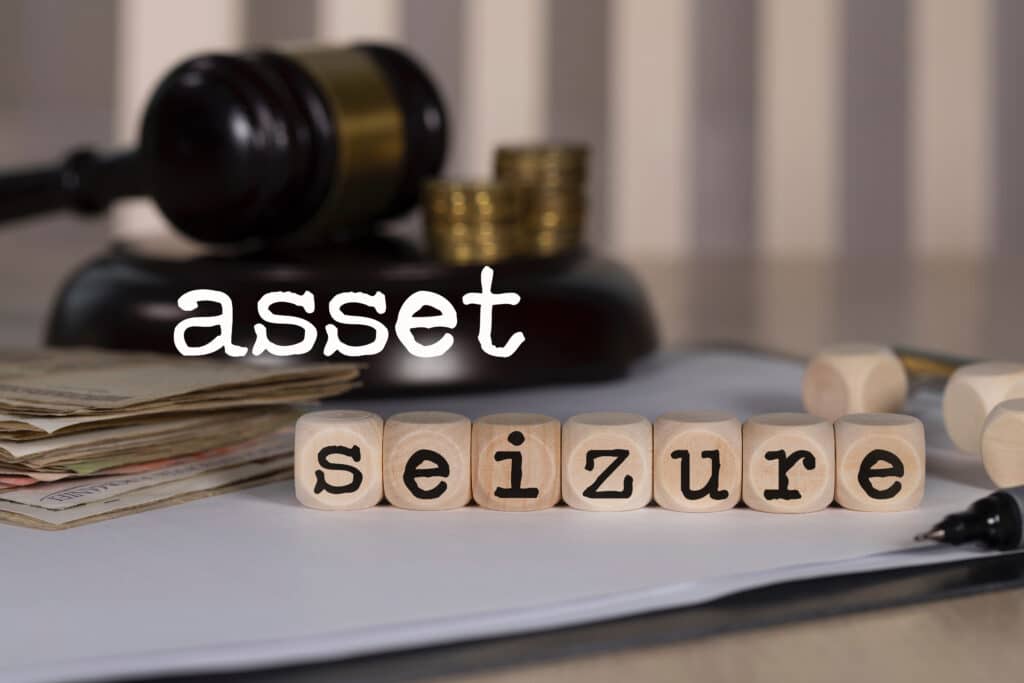IRS LT11 Notice: How to Respond and Avoid Asset Seizure

The IRS is back to enforcing tax collections after slowing down during the pandemic. By the end of 2023, more than 24 million taxpayers owed back taxes. Out of those, over 19 million hadn’t set up a payment plan or taken steps to address their debt.
In response, the IRS ramped up its collection efforts in early 2024 by sending millions of notices through its Automated Collection System (ACS) to taxpayers with overdue balances. One of the most serious letters they issue is the LT11 Notice or the Final Notice of Intent to Levy and Notice of Your Right to a Hearing.
If you received this letter, it means the IRS is ready to take money directly from your bank account, paycheck, or even your retirement funds if you don’t act within 30 days. But don’t panic. There are ways to stop the levy. In this guide, we’ll explain what the LT11 notice is, why you received it, and how to protect your assets before it’s too late.
What is an IRS LT11 Levy Notice?
The LT11 Notice, or the “Final Notice of Intent to Levy and Notice of Your Right to a Hearing,” is one of the most serious letters the IRS sends. It’s not a friendly reminder about unpaid taxes but a warning that the IRS plans to seize your assets unless you take immediate steps to resolve your tax debt.
When you receive an LT11 notice, the clock is ticking. You have 30 days from the date on the letter to respond. If you don’t, the IRS can start taking your money through bank levies, wage garnishments, and other enforcement actions. This notice also gives you the right to request a Collection Due Process (CDP) hearing, which can temporarily stop the levy process while you work out a solution.
Why Did You Receive an LT11 Notice?
The IRS doesn’t send an LT11 notice out of the blue. Typically, it’s the result of months (or even years) of unpaid taxes. The notice is sent to taxpayers who haven’t responded to earlier IRS reminders or set up a payment plan.
Before the LT11, the IRS usually sends other notices, such as CP501, CP503, or CP504, to warn you about your tax balance. If you ignore these, the IRS escalates the situation with the LT11 notice. It’s essentially their way of saying, “We’ve tried to get in touch, and now we’re taking action.”
What Happens If You Ignore the Notice?
Ignoring the LT11 notice is the worst thing you can do. If you don’t respond within the 30-day window, the IRS will move forward with enforced collection actions. This can include freezing your bank accounts, garnishing your wages, or even seizing your property.
If the IRS levies your bank account, they can take the funds you have available at that moment to cover your tax debt. If they garnish your wages, they’ll contact your employer and take a portion of your paycheck until the debt is paid off. The IRS can also levy Social Security payments and retirement accounts, though there are limits on how much they can take.
What to Do If You Receive an LT11 Notice
If you receive an LT11 notice, don’t panic, but don’t sit on it either. You need to act fast to avoid a levy. The good news? You have several options to resolve the situation and get back into good standing with the IRS.
The fastest way to stop a levy is to pay the full amount owed. If you can afford to do that, you can pay through the IRS website or by contacting them directly. If you can’t pay your tax debt in full, consider setting up a payment plan with the IRS.
A streamlined installment agreement is available for taxpayers who owe $50,000 or less. This plan allows you to pay off your debt over time for up to 72 months without providing extensive financial details. If you owe over $50,000, you may need to provide more documentation to set up a payment plan.
Another option is to request a Collection Due Process (CDP) hearing. This is your chance to dispute the tax debt or explore other solutions, like an Offer in Compromise, which allows you to settle your debt for less than what you owe. The hearing temporarily stops the levy process while the IRS reviews your case.
What Is a Collection Due Process (CDP) Hearing?
A CDP hearing is a formal meeting with an independent IRS officer where you can present your case. During the hearing, you can dispute the tax amount, request a payment plan, or propose other resolutions.
CDP hearings are particularly useful if you believe the IRS made an error or if you’re experiencing financial hardship. For example, if you’ve faced unexpected medical expenses or job loss, you can use the hearing to request penalty abatement or currently not collectible status, which temporarily stops collection actions based on your inability to pay.
One advantage of a CDP hearing is that it puts the levy process on hold until a decision is made. It also provides more formal appeal rights compared to other IRS procedures. If you’re not happy with the outcome of the hearing, you can take the matter to court.
Can the IRS Levy Retirement Accounts?
Yes, the IRS can levy retirement accounts, including 401(k)s and IRAs, to collect unpaid taxes. However, this is usually a last resort. The IRS will typically target more accessible assets first, such as bank accounts or wages, before turning to retirement funds.
If the IRS decides to levy your retirement account, the money withdrawn will be treated as taxable income, meaning you’ll need to pay income tax on the amount. However, the 10% early withdrawal penalty that usually applies to distributions taken before age 59½ will not be applied if the funds are taken through an IRS levy.
How to Avoid Receiving an LT11 Notice in the Future
The best way to avoid an LT11 notice is to stay on top of your tax obligations. Ensure you file your tax returns on time, even if you can’t pay the full amount owed. Setting up a payment plan early can also prevent the IRS from escalating collection actions.
If you’re already behind on your taxes, don’t ignore IRS notices. Respond promptly and work out a payment arrangement before things get out of hand.
Get Help with Your LT11 Levy Notice
Receiving an LT11 Levy Notice from the IRS can be intimidating, but it doesn’t mean you’re out of options. You still have time to take control of the situation and stop the levy process before it goes any further. The most important step is to act within the 30-day response window. Whether you decide to pay the balance, set up a payment plan, or request a Collection Due Process (CDP) hearing, there are ways to address the issue and protect yourself.
Dealing with the IRS isn’t something anyone wants to do alone, and you don’t have to. Working with a tax professional can ease the process. They’ll help you explore your options, communicate with the IRS on your behalf, and make sure your rights are upheld.


